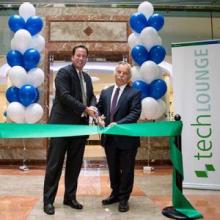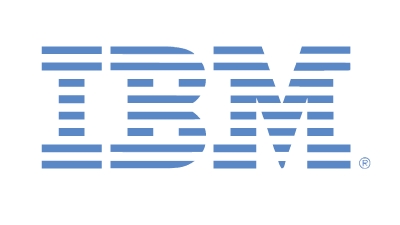How Solution Providers Can Offer In-House Help Desk As An Add-On
Submitted by Matt Brown on

There's nothing preventing solution providers from setting up in-house help desks for their customers the way financial services giant John Hancock has for its employees.
Hancock's new Tech Lounge was featured in a Beta Boston blog recently, and the man who's spearheading the effort, Jacques Ouimet, VP of global end-user tech services, is a veteran of the solution provider business.
Hancock's parent company, Manulife Financial, is based in Canada. Ouimet told me the company first tried the Tech Lounge concept there, and will bring it to offices in Asia next.
The Tech Lounge was inspired by Apple's Genius Bar, and Ouimet said it's a response to the fact that many of Hancock's nearly 3,500 Boston employees work remotely using company laptops and mobile phones.
"They come in one or two days a week, and now they can stop by and ask questions," Ouimet said.
While it wouldn't be difficult for solution providers to add in-house help desk services to their offerings, Ouimet said they should keep in mind that outcomes are difficult to monitor, and there are a couple of other considerations to make before taking the plunge.
First, Ouimet said, keep in mind that this kind of service isn't necessarily about fixing problems. It's more about advising workers on how to use their technology.
Next, the service wouldn't necessarily make sense as a stand-alone offering. "It's an add-on service," Ouimet said. "If you're negotiating a deal to do support, you can sell this as an add-on."
Finally, and perhaps most important, solution providers must have deep knowledge of their customers' environments to make an in-house help desk work.
"A lot of this," Ouiment explained, "comes out of how we improve the end-user's experience and how they use these tools. It can work in the corporate environment, but people are going to have problems specific to their work group or their business."






